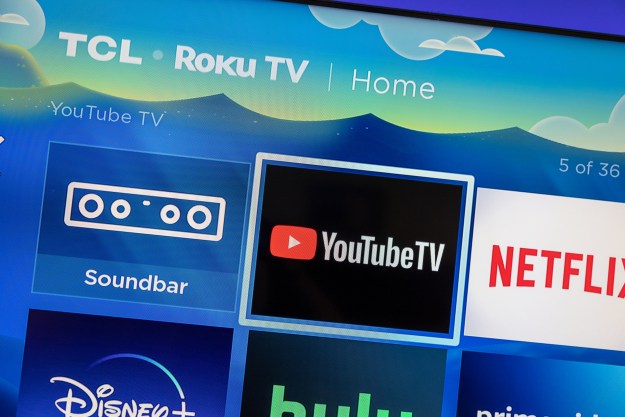If you’re a YouTube creator at the top of your game, you’re probably raking in a decent amount of cash via ads and other features.
This week, the video streaming giant has unveiled a bunch of new offerings designed to boost the balance in your bank account even more quickly.
YouTube chief product officer Neal Mohan announced the new features this week at the annual VidCon gathering in Anaheim, California, before posting full details in a blog post.
Super Stickers
The new stuff includes Super Stickers that let fans drop cash on animated stickers during livestreams and premieres “to show their favorite creators just how much they enjoy their content,” according to Mohan.
Super Stickers launch in the next few months and will be offered in a range of different designs for categories that include gaming, fashion and beauty, sports, music, and food.
The new offering builds upon YouTube’s 2-year-old Super Chat feature that lets fans pay to have their comments appear more prominently during livestreams, thereby increasing the chances of a direct response from the creator. Mohan noted that around 90,000 channels have so far received Super Chats from followers, helping to make it the top revenue generator for nearly 20,000 YouTube channels, an increase of 65% on a year earlier.
Channel Memberships
Channel Memberships arrived on the video site last year, giving YouTubers the chance to offer perks to fans — think exclusive livestreams, bonus videos, and shoutouts — for a $5 monthly fee. From today, YouTubers can now create multiple membership levels with up to five different price points, with more perks offered for higher payments.
Merch
The Google-owned company is also expanding its Merch shelf partners beyond Teesp to include Crowdmade, DFTBA, Fanjoy, Represent, and Rooster Teeth. It means any creator selling merchandise from these outfits can now use YouTube’s Merch shelf to sell their stuff directly from their channel.
Learning Playlists
Finally, YouTube is showing some love for creators of instructional and educational videos with a dedicated learning environment called Learning Playlists.
“New organizational features will provide more structure, dividing a collection of videos into chapters around key concepts, starting from beginner to more advanced,” Mohan wrote in his post. “Additionally, recommendations will be hidden from the watch page, allowing the viewer to focus on the lesson at hand.”
During Learning Playlists’ test phase, content for the new feature will first come from a small selection of high-profile contributors such as Khan Academy, TED-Ed, and Crash Course.
Of course, the creator isn’t the only one making the money. YouTube, too, is taking a cut of all the revenue, so with that in mind, expect to see even more money-making opportunities for creators — and YouTube — before too long.
The most popular YouTube creators can potentially rake in huge amounts of cash, but the pressures to maintain a high profile and constantly upload fresh, original content can end up proving too much for some in the game.
Editors' Recommendations
- Yes, YouTube TV is kind of broken tonight
- What is YouTube Music? Everything you need to know
- YouTube tells creators to start labeling ‘realistic’ AI content
- YouTube TV just added a huge new add-on for $15 a month
- YouTube TV tips and tricks: how to get the most out Google’s live TV service


